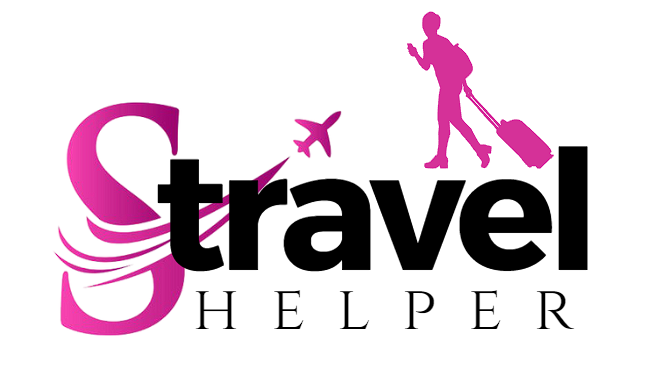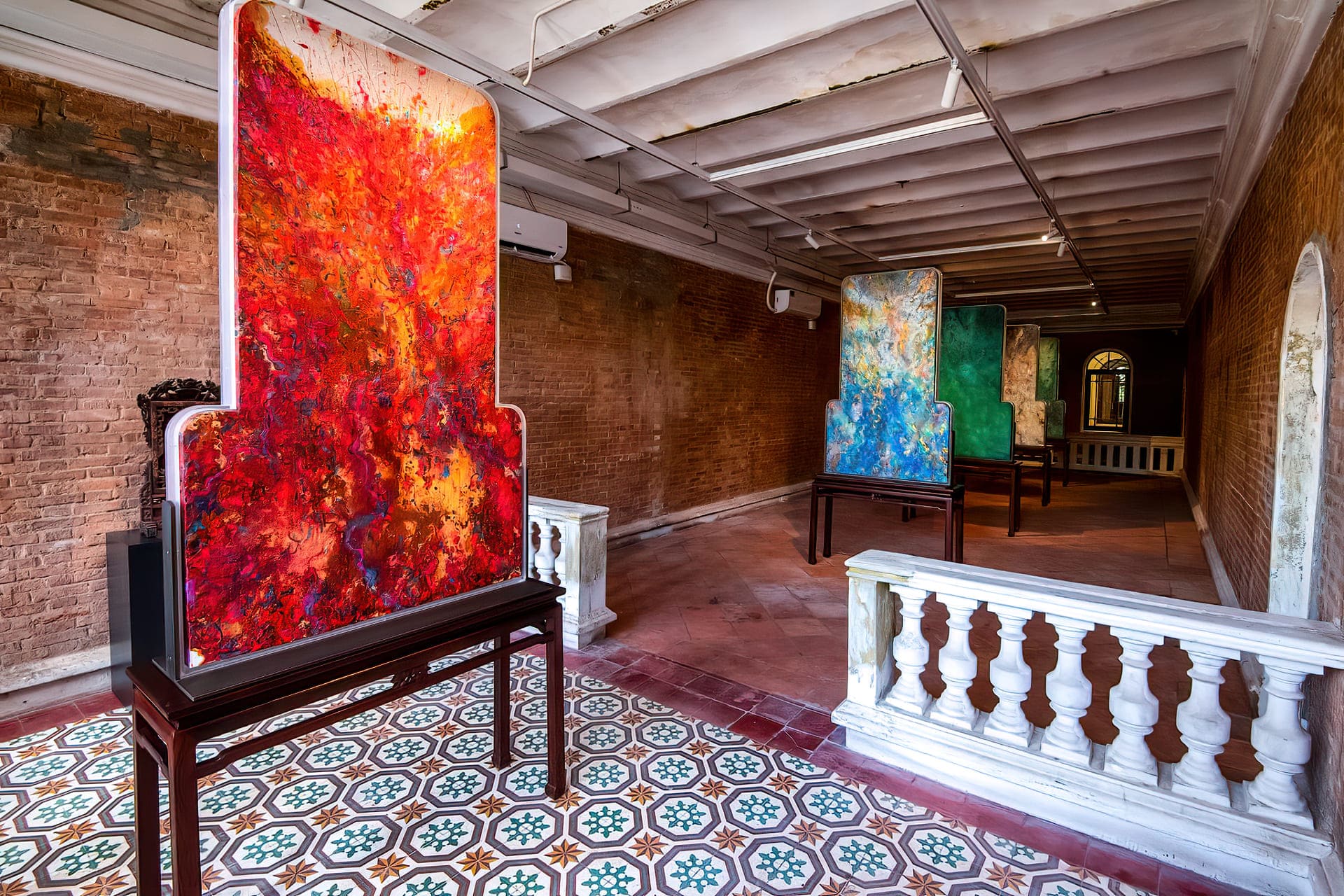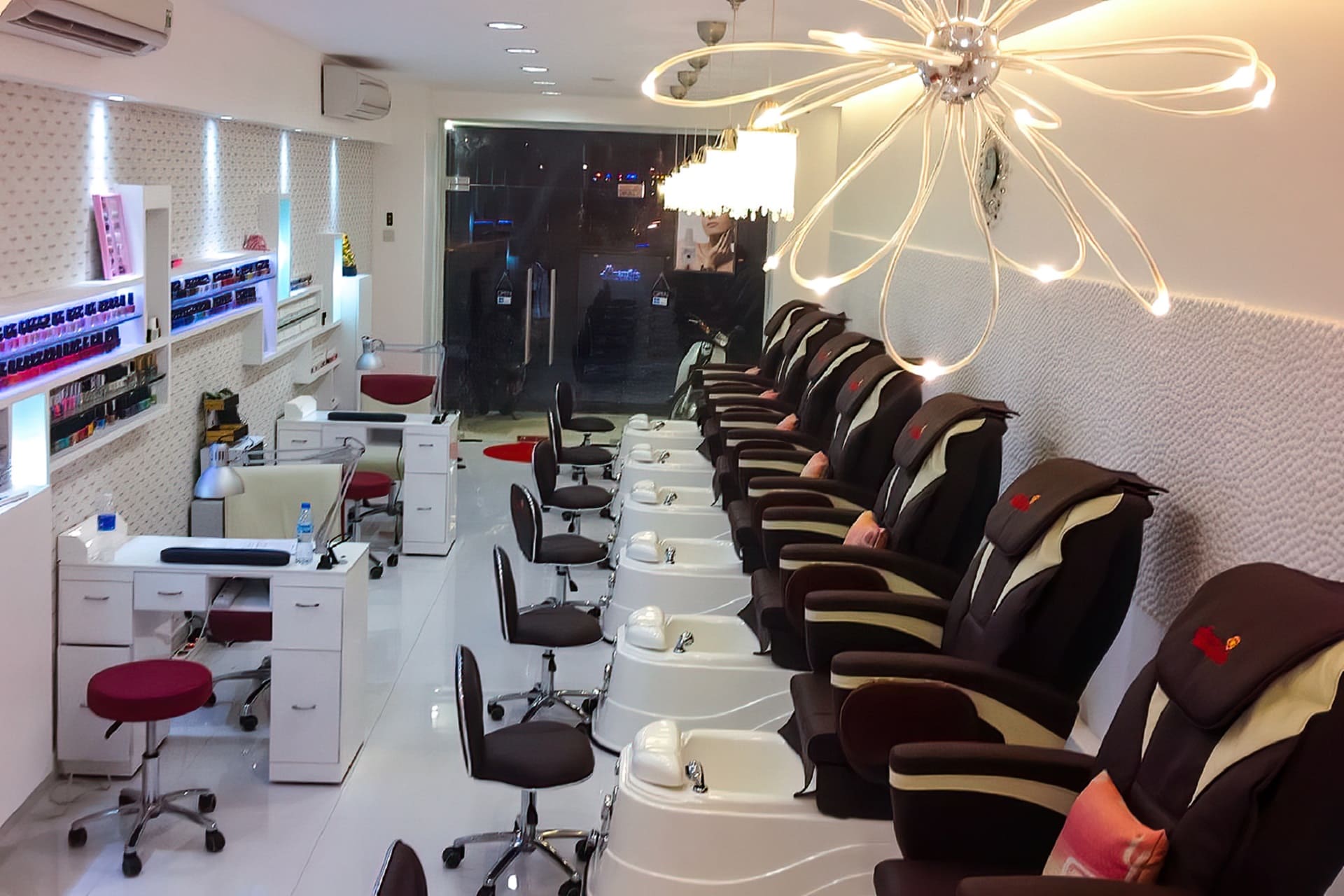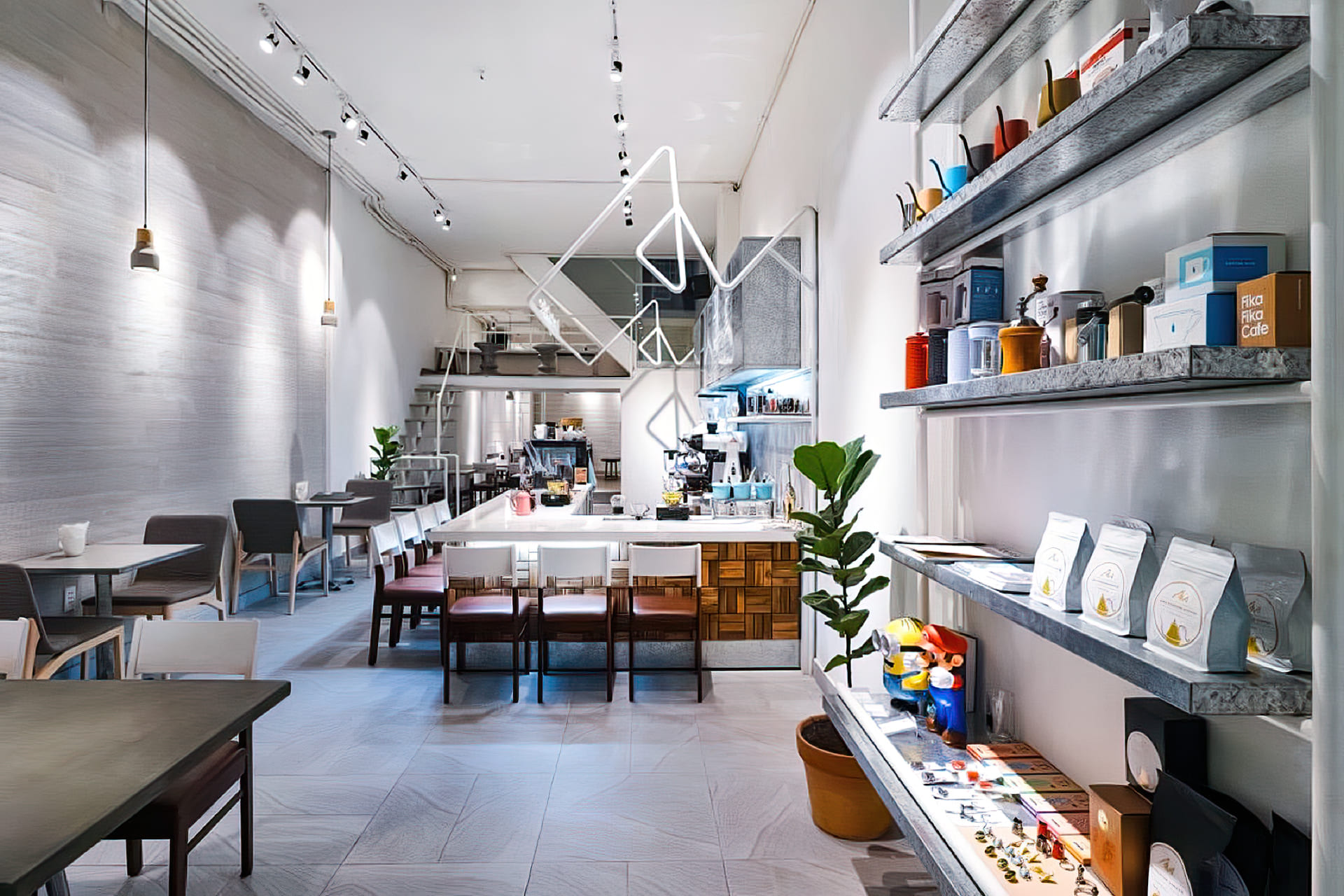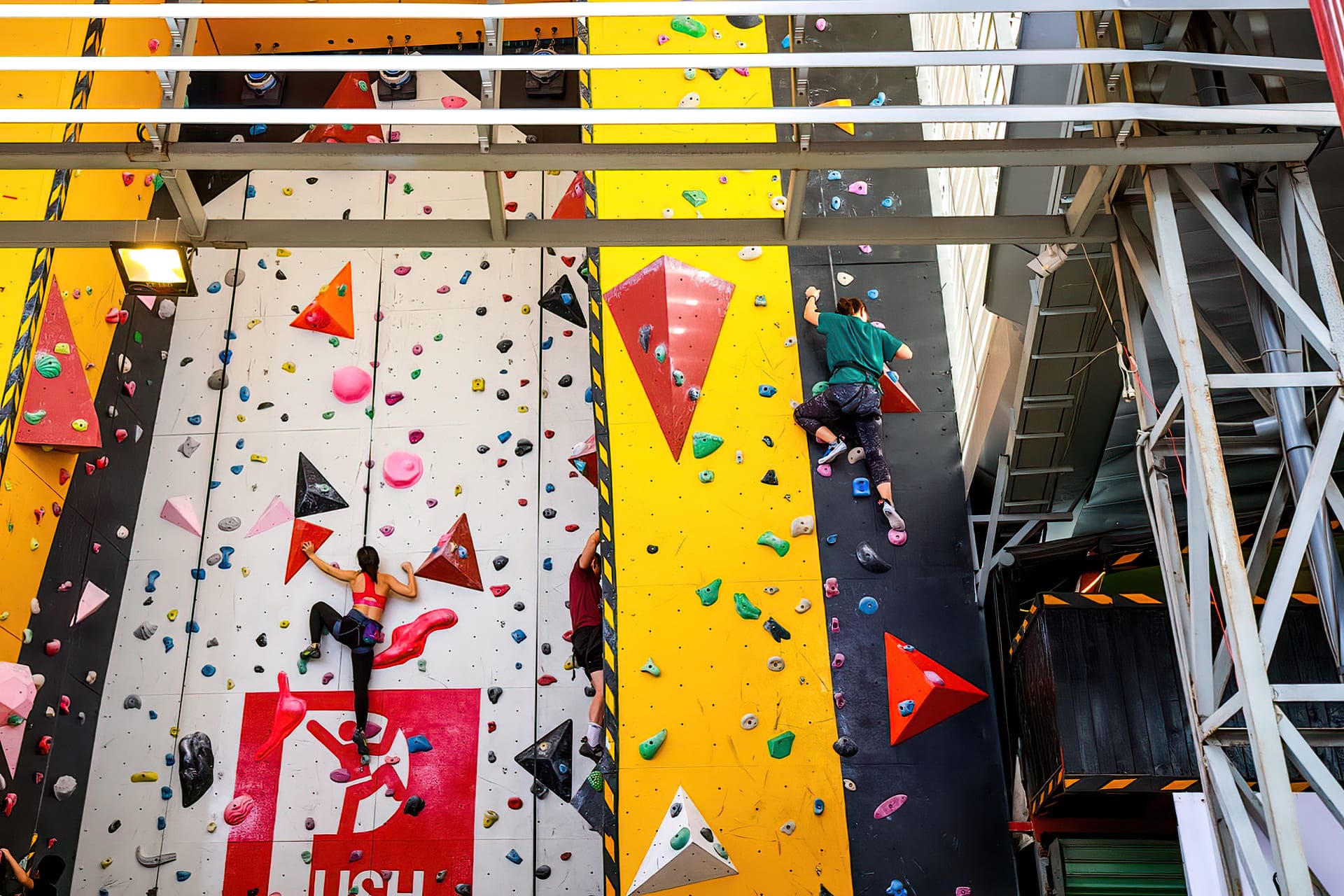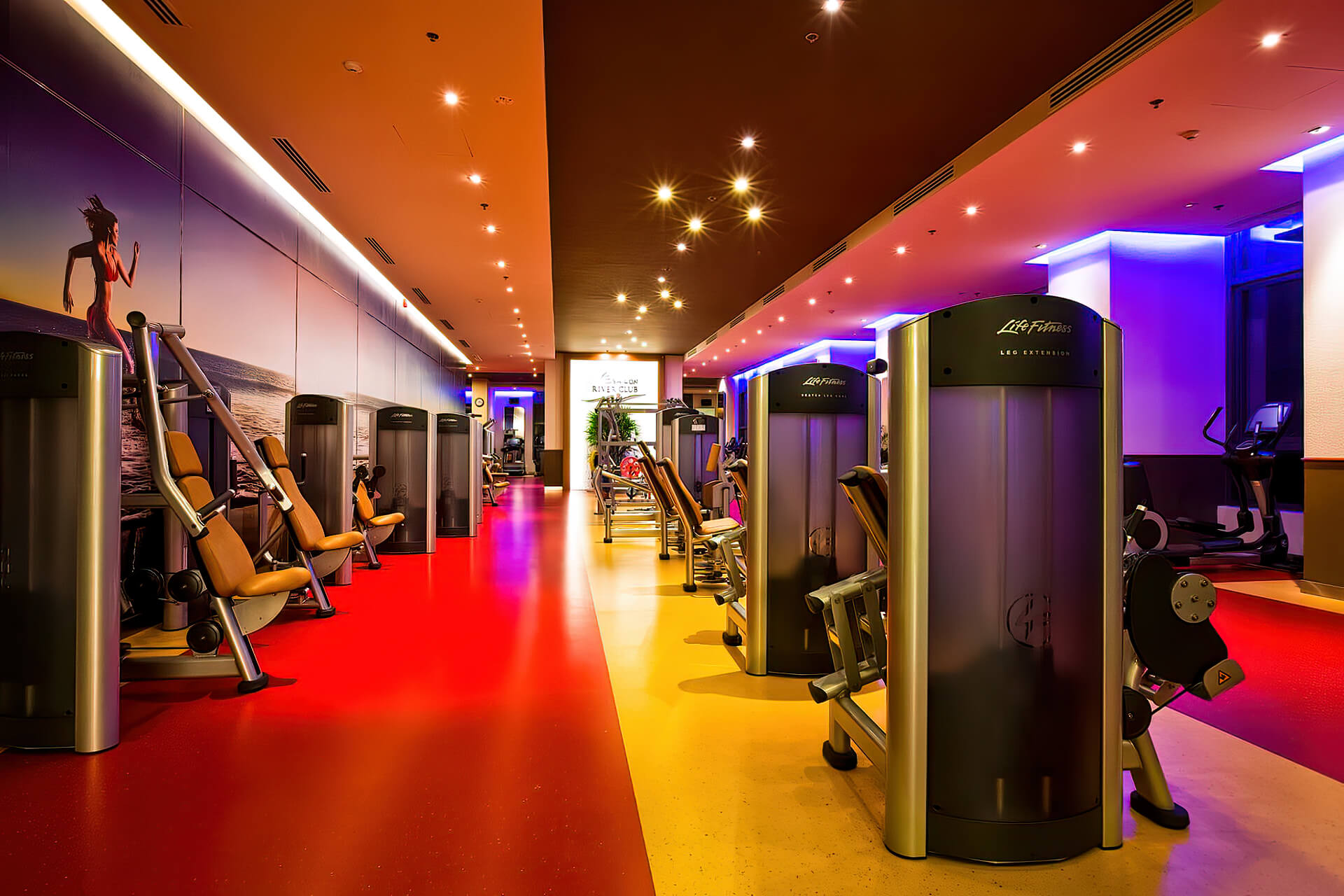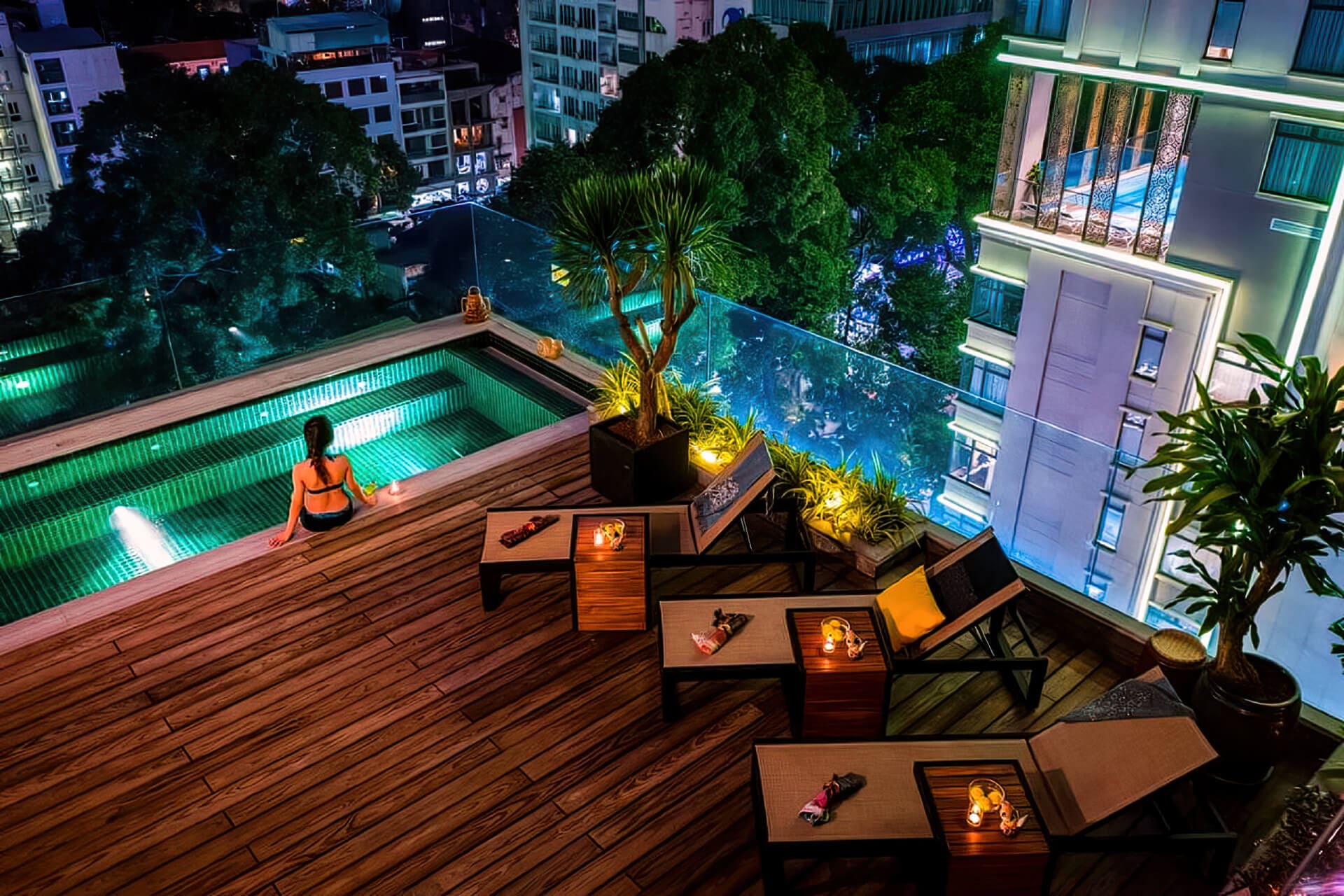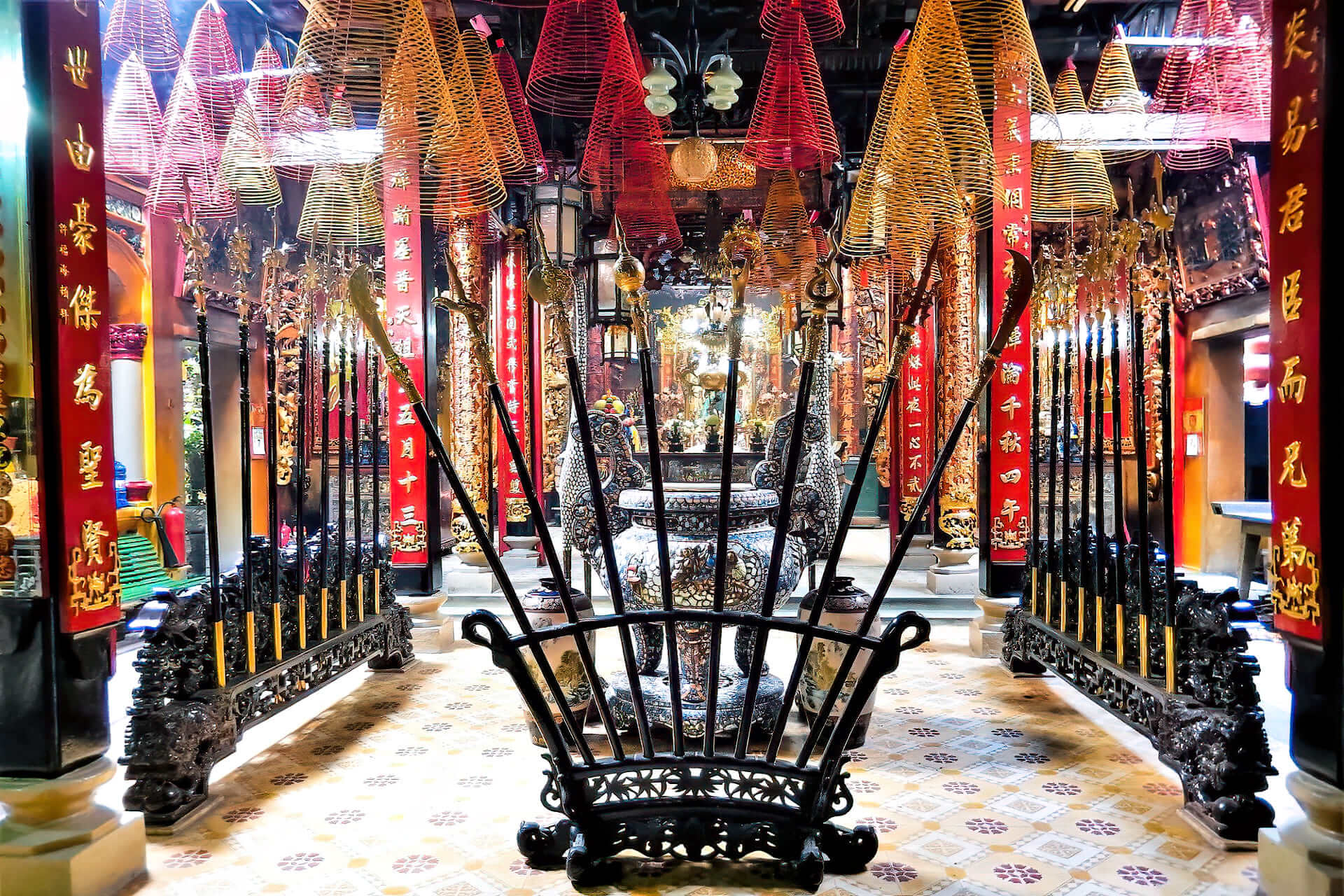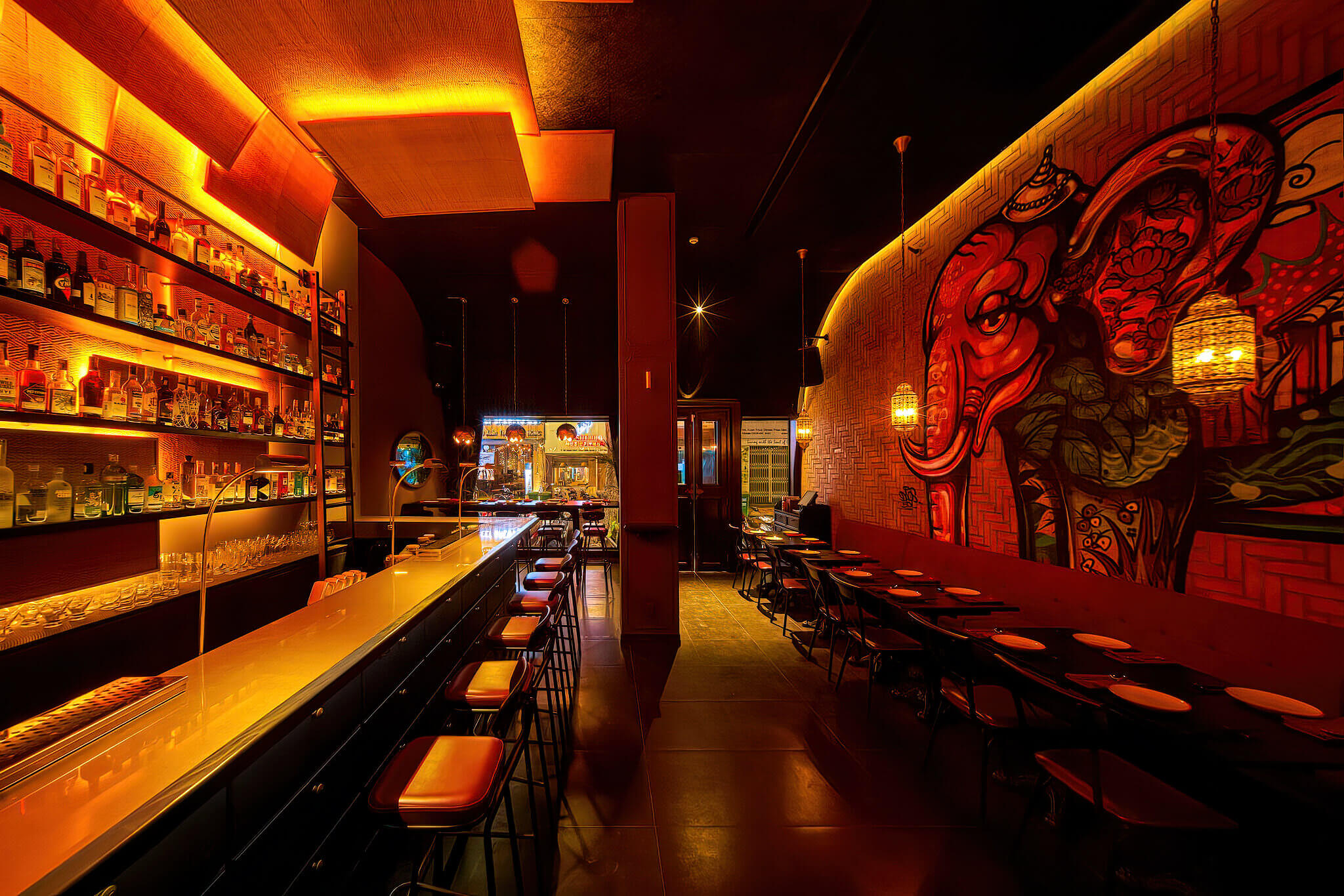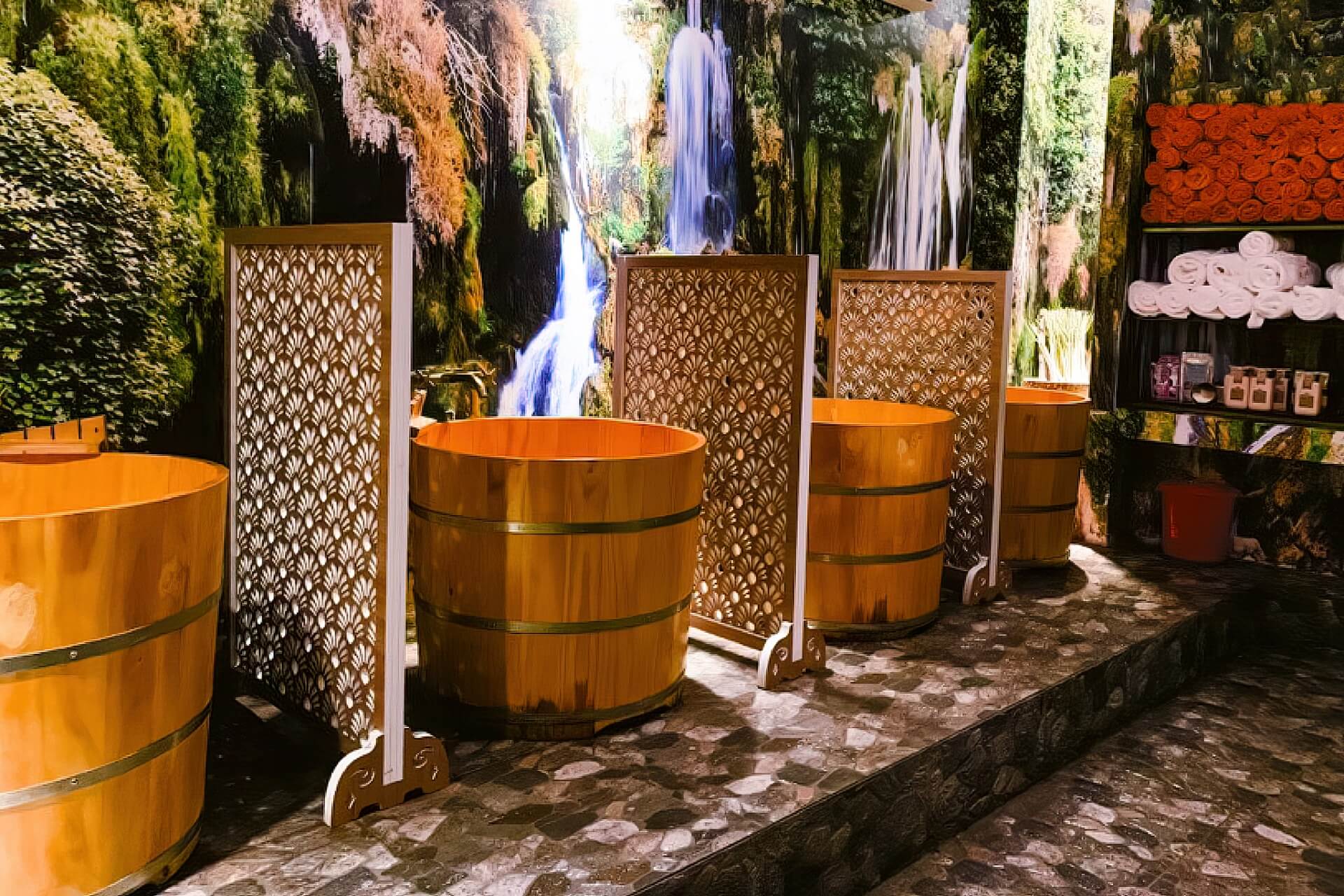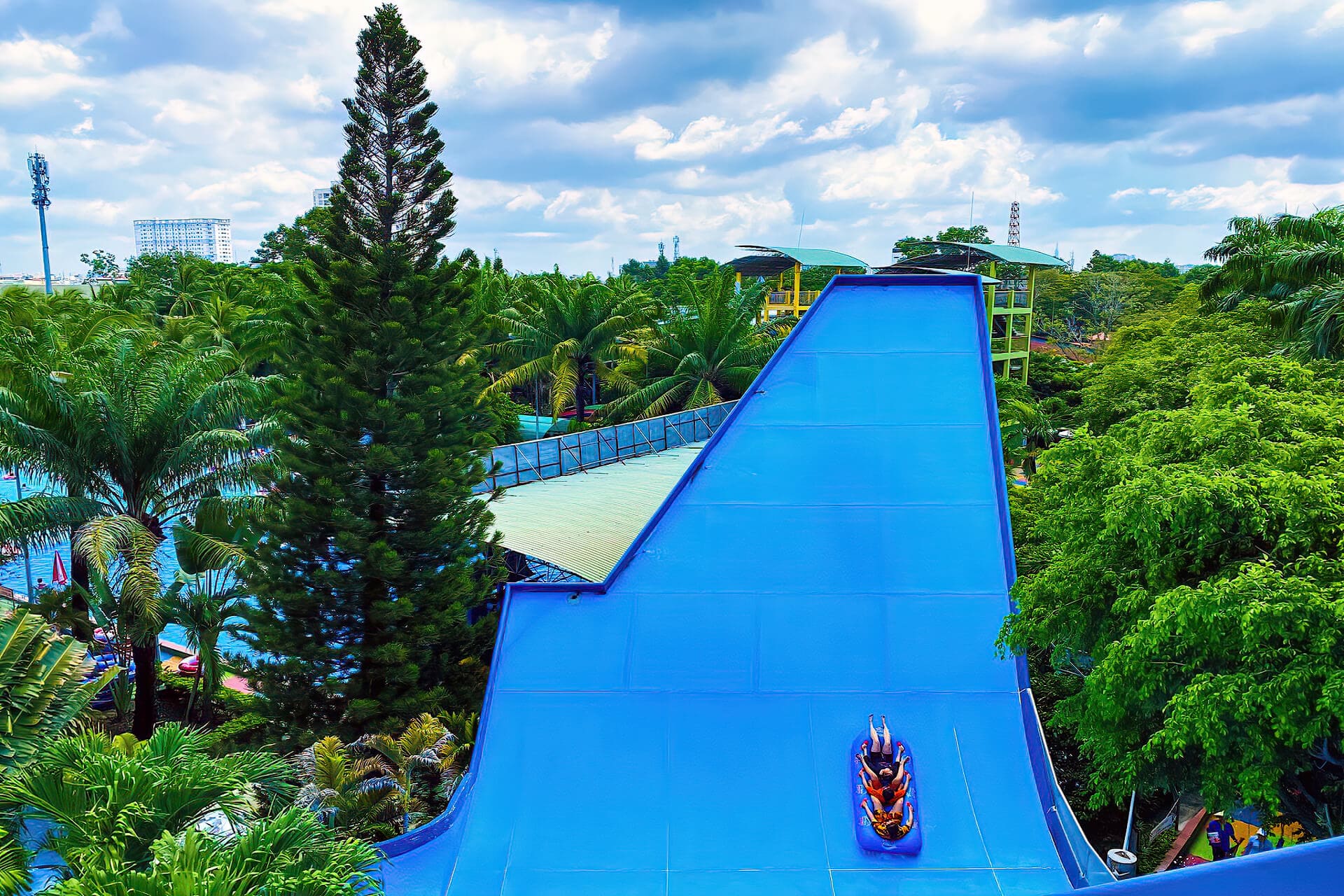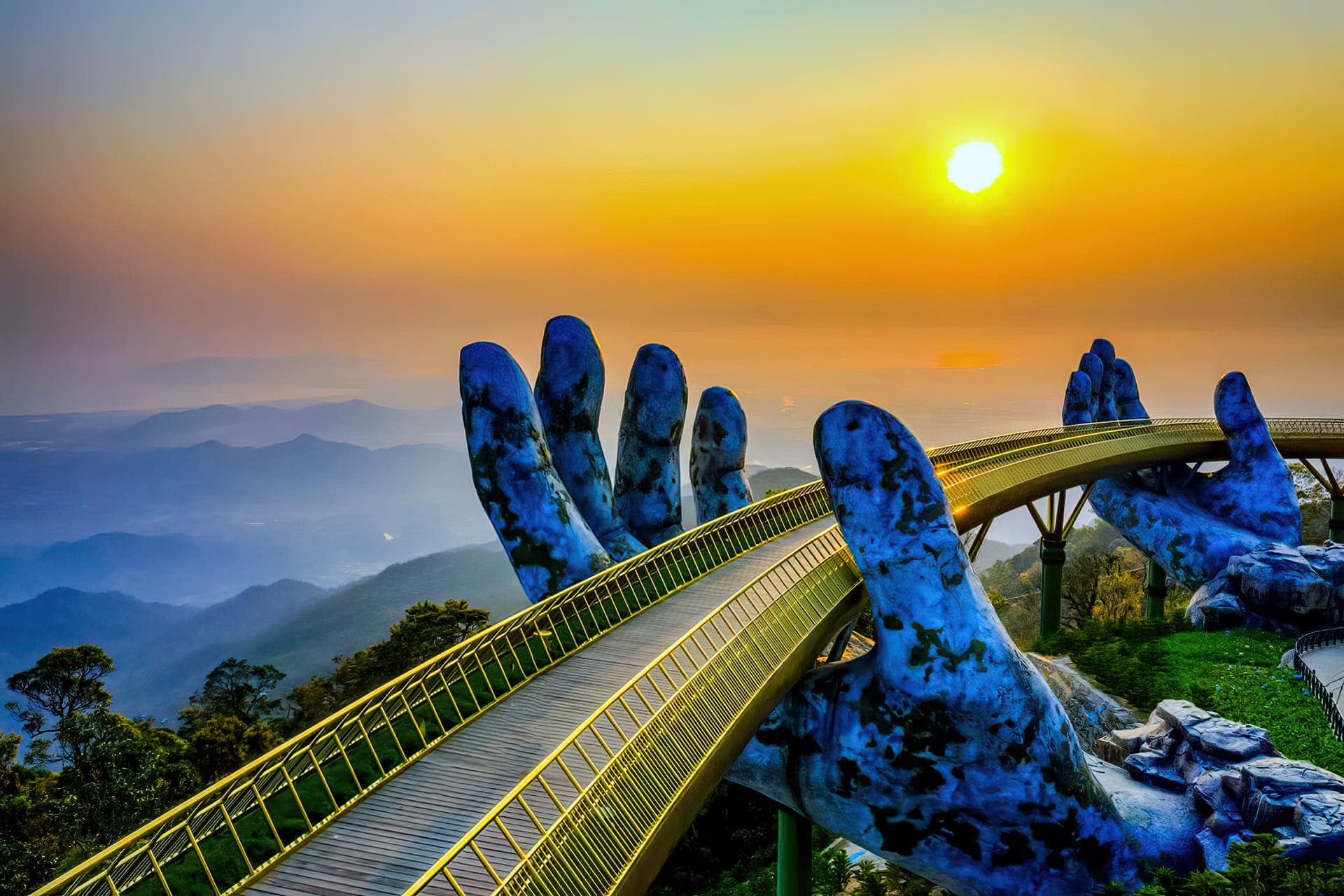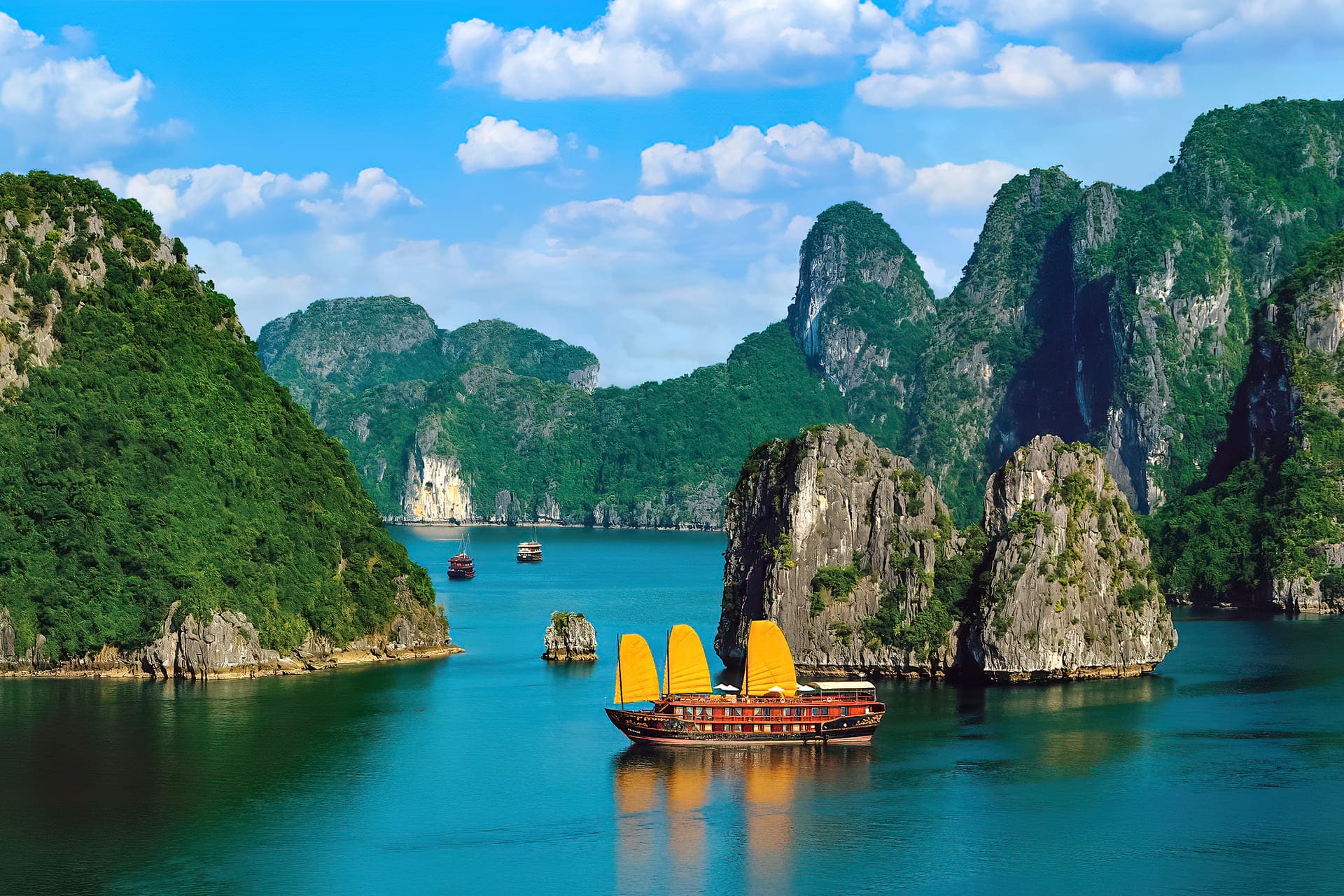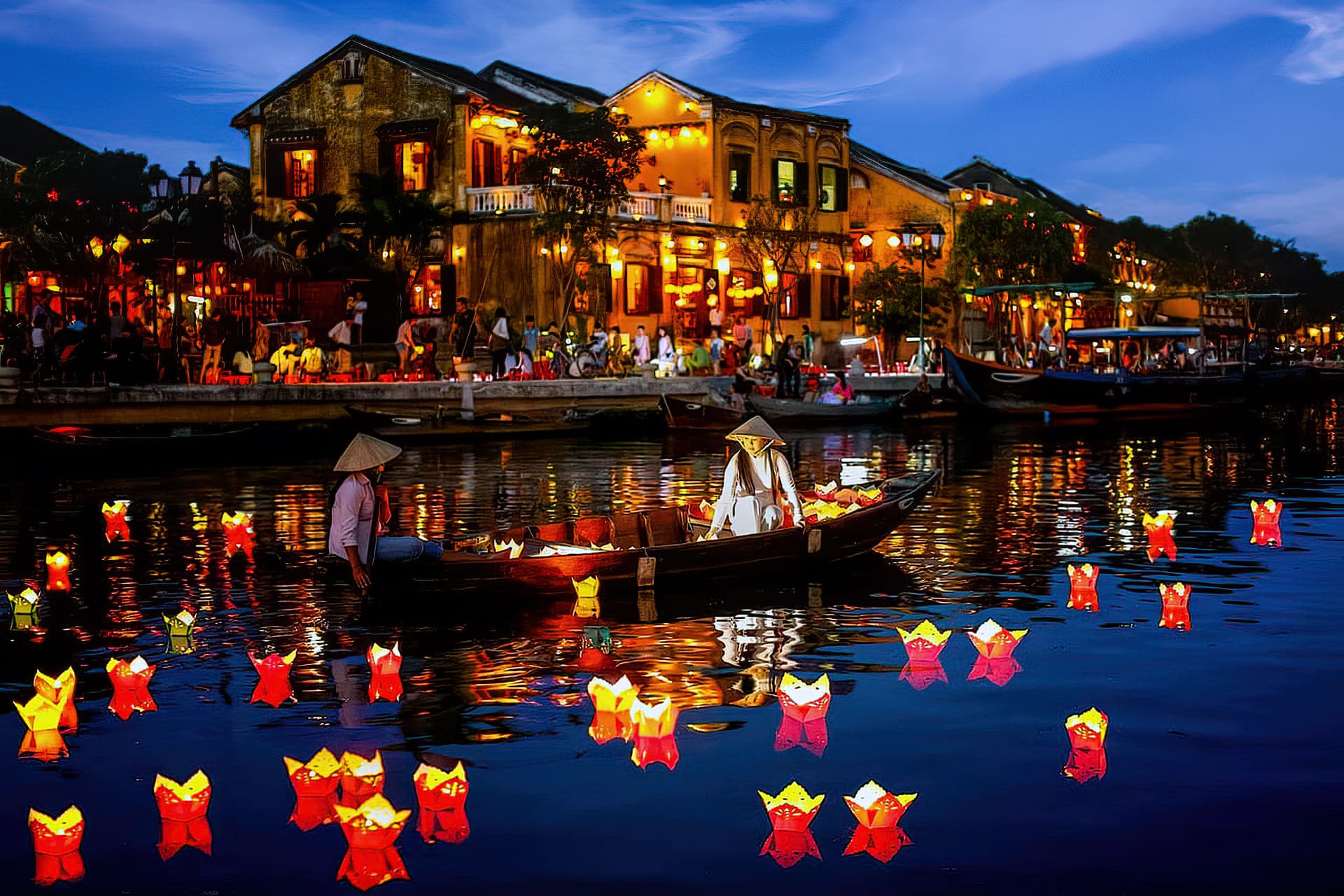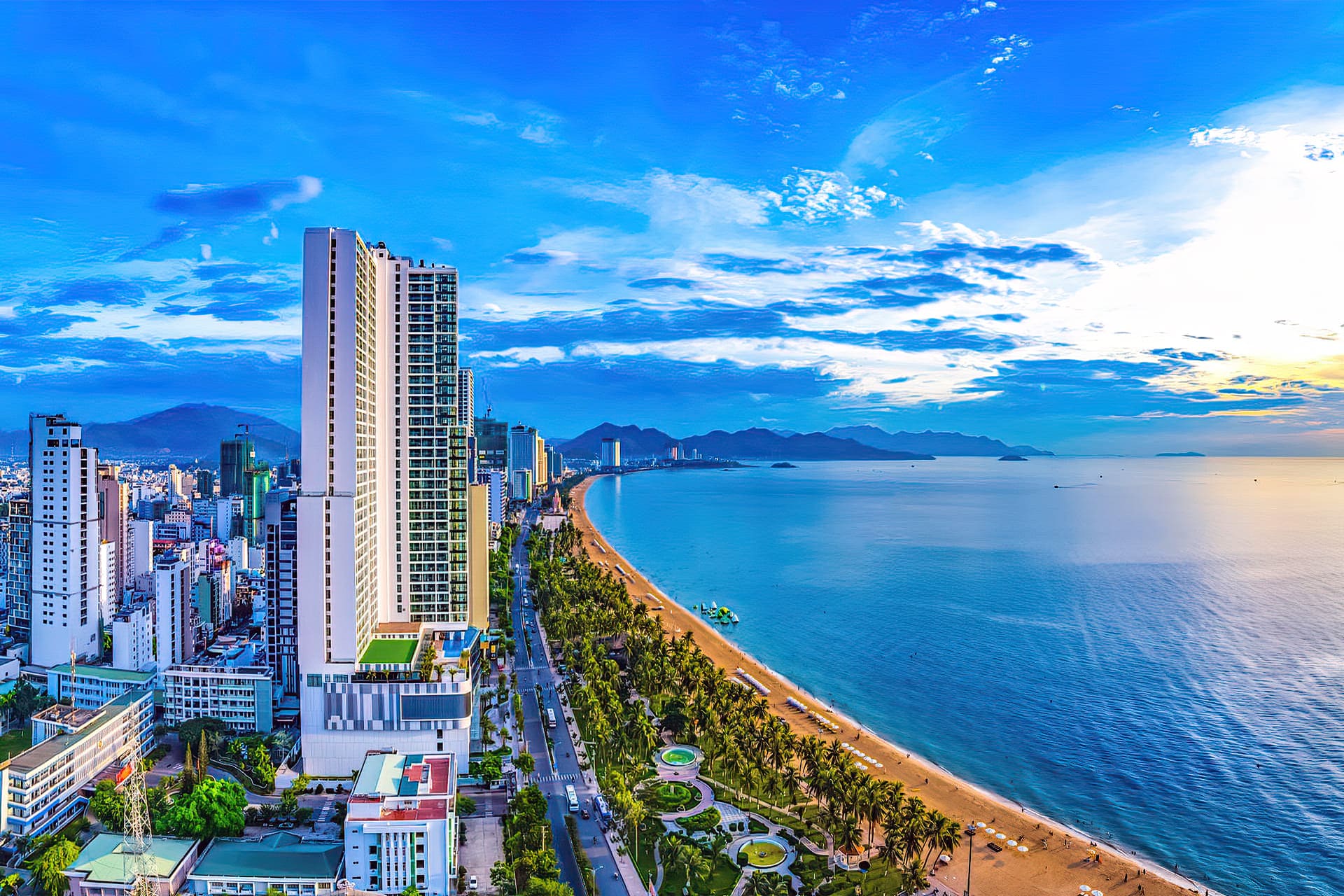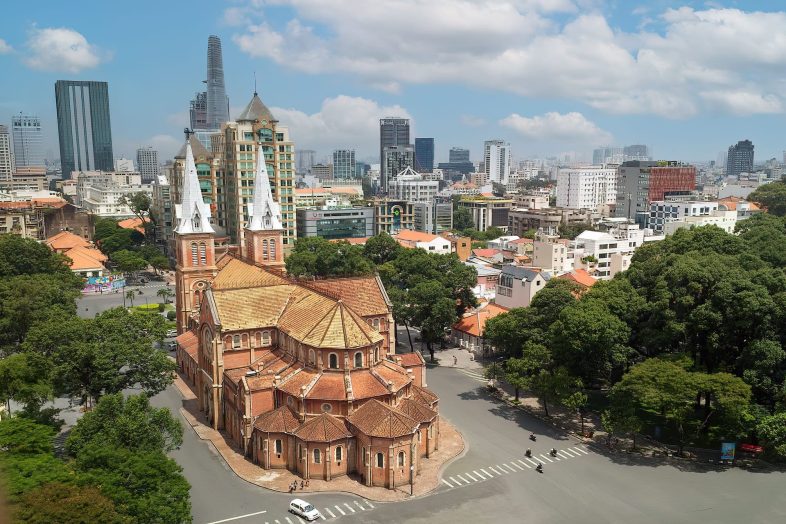
Ho Chi Minh City
Vietnam’s largest city is Ho Chi Minh City, originally and still commonly known as Saigon. Prior to the Vietnamese conquest in the 17th century, it was known as Prey Nokor, a significant Khmer port. From 1955 to 1975, Saigon was the capital of the French colony of Cochinchina and then the independent nation of South Vietnam. On July 2, 1976, Saigon merged with the nearby Gia nh Province and was officially renamed Ho Chi Minh City after the revolutionary leader Ho Chi Minh. However, the name Sài Gon is still commonly used informally.
The metropolitan region containing Ho Chi Minh City, Thủ Dầu Một, Biên Hòa, Vũng Tàu, Dĩ An, Thuận An, and surrounding towns is home to more than 10 million people, making it the most populated metropolitan area in Vietnam. The city’s population is projected to reach 13.9 million by 2030.
By 2020, the Ho Chi Minh City Metropolitan Area, which will encompass the majority of the south-east region as well as Tien Giang Province and Long An Province, would cover 30,000 square kilometers (12,000 square miles) and have a population of 20 million. Mercer Human Resource Consulting, Economist Intelligence Unit, and ECA International place Ho Chi Minh City 132nd on their list of the world’s most expensive cities.
Vibrating with vitality, creativity, and traffic – lots of traffic – it is a hive of activity. Formerly known as Saigon, Ho Chi Minh City is the economic center of Vietnam and the principal hub for the southern area. The dynamic landscape of HCMC, a freewheeling, global metropolis, brings together old and modern Vietnam in the smallest of areas, symbolizing the city’s past and future.
Tourism In Ho Chi Minh City
The city’s core is still decorated with magnificent French colonial buildings and wide boulevards. Most of these tourist sites are located close to one another in District 1, which is just accessible by foot. In the heart of the city there are several famous architectural structures including: Reunification Palace (Dinh Thng Nht), City Hall (y ban nhan dan Thành ph), Municipal Theatre (Nhà hát thành ph, commonly known as the Opera House), City Post Office (Bu in thành ph), State Bank Office (Ngan hàng nhà nc) and City People’s Committee. Some of the historic hotels include Rex Hotel and Caravelle Hotel popular with American commanders and war journalists during the 1960s and 1970s, The Hotel Majestic which dates back to the French colonial era.
About 4.3 million visitors came to Vietnam in 2007, approximately three million of whom visited Ho Chi Minh City.
The museums found within this city includes Bến Dược Underground Tunnels Relic, Nhà Rồng Memorial house, War Remnants Museum, Museum of Fine Art(s), Revolutionary Museum ,Museum of South-eastern Armed Forces ,Vietnamese History Museum And Ho Chi Minh City Museum . Located northwest to the city is Củ Chi district where Củ Chi tunnels are located; it was a location for guerilla warfare during America’s involvement in Vietnam. Another important historical event that took place here was the establishment of Saigon zoo and botanical gardens in District 1 as early as 1865. Amongst its most common tourist destinations there are three: Mường Sén tourism & Cultural Park (m Sen tourism), Suối Tiên Amusement And Culture Park(Fairy stream water)AndCần Giờ Eco beach resort.
Beneath Municipal Theatre Lan Anh Music Stage as well as Bến Thành Theatre Hạ Bình Theater also exist. Hundreds of theaters and cinemas are in Ho Chi Minh City, which contribute 60 – 70% of the money Vietnam generates from film and drama theater industry . Unlike other theater groups in various provinces and cities of Vietnam, it is not that easy for one to find any governmental support behind these theaters. Most private film studios in Vietnam are likewise based in this city.
The city has many restaurants typical of small towns throughout the country where one can enjoy local dishes such as rice vermicelli and pho. District 1’s Western Quarter (Phm Ng Lo Street and Bùi Vin Street) is always a haunt for backpackers.

Ho Chi Minh City - Introduction
Postal code
Area code
GRP
Population
Area
Elevation
Founded
Time zone
Ho Chi Minh City Travel Guide
Best Time To Visit Ho Chi Minh City
At any given time, it is considered an ideal period to visit Ho Chi Minh City. Referred as The Pearl of the Orient, Ho Chi Minh City is globally recognized for its mild weather and rarely experiences natural disasters like the Central and Northern Vietnam.
It usually begins from late May until late November when the rainy season, also known as monsoon season; has an average annual precipitation of about 1800 mm or roughly 150 rainy days. In this period, it rains heavily almost every afternoon although it doesn’t last longer than a few minutes before it stops. It’s sometimes possible to have rain and sunshine at the same time even with the sky still blue.
This dry season in Saigon which takes place from December to April is virtually precipitation free with higher temperatures over 33°C compared with a wet season.
How To Travel To Ho Chi Minh City
Vietnam’s largest international airport is Tan Son Nhat. The other is a domestic terminal that was built 200 meters away and has not serviced its clients to the required standards.
The airport is located about 8 km from the city center. Shopping on arrival used to be the norm but this was stopped in early 2010 at the international terminal.
Ga Sài Gon Saigon Train Station is only a short taxi or public bus ride away from most of the main hotel areas. The ticket office at the train station speaks little English. “Reunification line” for instance, has up to five daily departures from Hanoi.
How To Travel Around Ho Chi Minh City
Taxis are the most convenient means of transport and they are cheap compared to other cities around the world. The prices change with respect to time according to fuel price. Budgeting between 15,000 to 20,000 dong per mile. There is no scarcity of taxis and it is generally easy to get one in the city center from early morning until about 1:00 although rain or peak business hours can make them difficult to locate.
Motorbike taxis (xe ôm, literally hug-vehicle) are many (you’ll hear “you want moto?” everywhere), affordable and usually safe. All motorcyclists now must wear a helmet, this law is enforced strictly. Make sure that the driver gives you a helmet. You will pay if he doesn’t comply.Before starting on your journey agree on the price. There should not be more than 20,000 dong for short journeys within the city..
Prices in Ho Chi Minh City
Tourist (Backpacker) – 30 $ per day
Estimated cost per 1 day including:
- meals in cheap restaurant
- public transport
- cheap hotel
Tourist (business/regular) – 89 $ per day
Estimated cost per 1 day including:
- mid-range meals and drinks
- transportation
- hotel
Districts & Neighborhoods
Ho Chi Minh City is one of the municipalities in Vietnam which have province-level status. It is divided into 24 districts with 5 rural districts (1,601 km2or 618 sq mi), called rural huyện and 19 urban or suburban districts (494 km2 or 191 sq mi). There are also five commune-level towns, fifty-eight communes and two hundred and fifty nine wards.
Củ Chi is a rural district situated in Ho Chi Minh City, Vietnam. The Vietnamese term C Chi derives from the old Mon-Khmer terms Tonle Sre (,”river of rice-field”) or Sre ( “rice field”).During the Vietnam War, beginning in 1967, Cu Chi Base Camp was the home of the 269th Aviation Battalion of the United States Army.It is famed for its Cu Chi tunnels that were used as Viet Cong’s base during Vietnam War.Nowadays there are several industrial zones located around this area.
Attractions & Things To See
Saigon or Ho Chi Minh City is well-known for its vibrant nature because of its rich history that has resulted in plenty of different types of tourist attractions. One can take a piece of the city’s cultural heritage and recreational opportunities from the war Remnants Museum which makes you think some and Suoi Tien Theme Park that is thrilling at the same time. Some other famous places like Notre-Dame Cathedral Basilica and bustling Ben Thanh Market are where one can get to know these city culinary and architectural gems.
For a better insight about Vietnam’s history, there are Cu Chi Tunnels and The Reunification Palace as an important part of this country’s past.Mekong Delta tourists might enjoy watching lovely floating markets on beautiful rivers while visitors to Bitexco Financial Tower Sky Deck may see breathtaking panoramic views across the entire city. Discover what they are in our full vacation guide to Vietnam.
Activities & Things to do
Ho Chi Minh City is the largest municipality in Vietnam and its major industrial and commercial center. It was renamed after the first president of the country. The population here could be about 8 million people. The number of business units operating on its territory has already exceeded three hundred thousand. Then, in 1976 it became known as Ho Chi Minh City from Saigon Incredibly, they keep calling it Saigon while only legally using that name.
While it is a major industrial city, Ho Chi Minh City remains a tourist attraction. It has a well-developed tourism industry. For sure, foreign tourists will love the cultural scene there and also many shopping centers and galleries around the city. The most remarkable feature of Ho Chi Minh City is its fast-paced and multicultural lifestyle: one can hardly find a quiet lane or an out-of-the-way spot here.
Beaches In Ho Chi Minh City
Vung Tau Province is where Ho Coc Beach is to be found. It is a stretch of about six kilometres. Its surface features fine grains of white sand. A bay that looks attractive and surrounded by leafy bushes, Ho Coc beach is situated in greenery. The city lies approximately 170 km away from Ho Chi Minh City. It has good swimming and sunbathing conditions.
Can Tho Beach was built on the banks of the Mekong River as an artificial beach. It’s a freshwater beach mainly for local people. The entrance to it is free, and so does it cost nothing to enter it. The beach looks pretty nice and well-arranged. There are restaurants and bars close to the beach.
In Vung Tau city, at the base of Small Mountain, Pineapple Beach sits between Bai Truoc Beach and Bai Sau Beach. This is an urban or town style beach located within the city itself. Alongside this beach there are hotels, eateries, beverage joints, and shops alike which serve tourists’ necessities too..
Food & Restaurants
Saigon has the largest variety of Vietnamese and global cuisine in the world. Prices on food are rising, wages are going up, and real estate costs are skyrocketing so deals are harder to find and restaurant prices are up as high as 30% a year.
Thus, an eatery in central Saigon is valued at over $1 million even if it occupies barely any space at all because land there commands about $16,000 per square meter. As Saigon gets richer and more international, truly local food becomes increasingly unattainable.
The city’s native dishes reflect the French colonial past. The bakeries sell cheap baguettes filled with potted meat, onion, ham or any combination of them (usually “La Vache Qui Rit” or “Laughing Cow” brand cheese).
Shopping in Ho Chi Minh City
HCMC (earlier known as Saigon) is the trade center of Vietnam, where one can buy nearly anything from bare essentials to luxury stuff; from products that actually come from Vietnam to foreign brands that are very popular. Besides what, it is also intriguing to know where and how.
The most visited shopping spots in Saigon are long standing traditional markets with famous names like Ben Thanh, Binh Tay, An Dong, Tan Dinh, Saigon Square and Dan Sinh. Simply wandering around the stalls allows a fantastic opportunity of filling up on various kinds of items at very reasonable costs. Especially for those who love fashion trends beyond everything else, dressing oneself from head to toe would only cost a few hundred thousand dongs. You can be an assiduous shopper and be bold enough to push down prices…
Nightlife in Ho Chi Minh City
The liveliness of the Ho Chi Minh City nightlife is legendary. In the heart of Saigon late in night there are many bars, discotheques, tea houses and bia hoi sellers that remain open. The Dong Khoi area is a great place to start with such places as Cafe Latin or Top of 23. If you are looking for the most popular nightlife areas, then District 1 is where you should be.
Ho Chi Minh City has something for everyone once it gets dark. There are several performances from concerts at Lan Anh stadium to No-name tea bar. It’s also worth mentioning Saxn’art at 28 Le Loi Street song by Tran Manh Tuan.
In addition, drinks are available from bia hoi on street corners to Vasco’s Bar at 16 Cao Ba Quat that serves a wide range of beverages.
